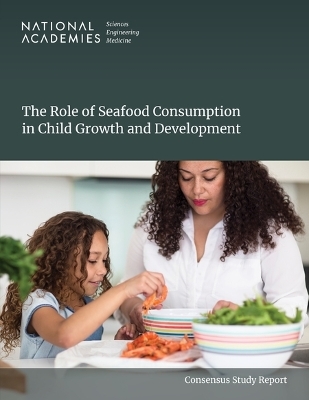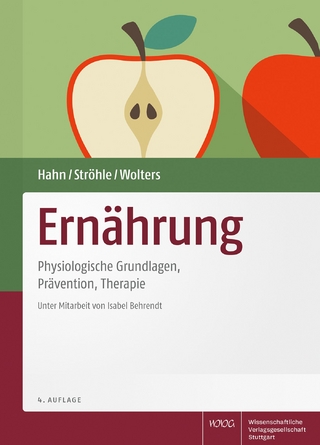
The Role of Seafood Consumption in Child Growth and Development
Seiten
2024
National Academies Press (Verlag)
978-0-309-71698-7 (ISBN)
National Academies Press (Verlag)
978-0-309-71698-7 (ISBN)
Seafood--including marine and freshwater fish, mollusks, and crustaceans--is a healthy food choice, but it can also contain contaminants. It is currently unclear how much seafood children or pregnant and lactating women are consuming, and what impact seafood consumption is having on children's growth and development.
The U.S. Department of Health and Human Services, the U.S. Department of Agriculture, the U.S. Environmental Protection Agency, and the National Oceanic and Atmospheric Administration tasked the National Academies of Sciences, Engineering, and Medicine with convening an expert committee to examine associations between seafood intake for children, adolescents, and pregnant and lactating women and child growth and development. The committee also evaluated when to conduct risk-benefit analyses (RBAs), while considering contextual factors such as equity, diversity, inclusion, and access to health care, and explored how these factors might impact RBAs.
Table of Contents
Front Matter
Summary
1 Introduction
2 Methodological Approach to the Task
3 Seafood Consumption Patterns in the United States and Canada
4 Dietary Intake and Nutrient Composition of Seafood
5 Exposure to Contaminants Associated with Consumption of Seafood
6 Health Outcomes Associated with Seafood Consumption
7 RiskBenefit Analysis
Appendix A: Committee Member Biosketches
Appendix B: Open Session Agendas
Appendix C: Commissioned Systematic Reviews
Appendix D: Supplemental Review of Systematic Reviews
Appendix E: NHANES Data Analysis Methodology
The U.S. Department of Health and Human Services, the U.S. Department of Agriculture, the U.S. Environmental Protection Agency, and the National Oceanic and Atmospheric Administration tasked the National Academies of Sciences, Engineering, and Medicine with convening an expert committee to examine associations between seafood intake for children, adolescents, and pregnant and lactating women and child growth and development. The committee also evaluated when to conduct risk-benefit analyses (RBAs), while considering contextual factors such as equity, diversity, inclusion, and access to health care, and explored how these factors might impact RBAs.
Table of Contents
Front Matter
Summary
1 Introduction
2 Methodological Approach to the Task
3 Seafood Consumption Patterns in the United States and Canada
4 Dietary Intake and Nutrient Composition of Seafood
5 Exposure to Contaminants Associated with Consumption of Seafood
6 Health Outcomes Associated with Seafood Consumption
7 RiskBenefit Analysis
Appendix A: Committee Member Biosketches
Appendix B: Open Session Agendas
Appendix C: Commissioned Systematic Reviews
Appendix D: Supplemental Review of Systematic Reviews
Appendix E: NHANES Data Analysis Methodology
| Erscheinungsdatum | 22.08.2024 |
|---|---|
| Verlagsort | Washington |
| Sprache | englisch |
| Maße | 216 x 279 mm |
| Themenwelt | Medizin / Pharmazie ► Gesundheitsfachberufe ► Diätassistenz / Ernährungsberatung |
| Medizin / Pharmazie ► Medizinische Fachgebiete ► Pädiatrie | |
| ISBN-10 | 0-309-71698-5 / 0309716985 |
| ISBN-13 | 978-0-309-71698-7 / 9780309716987 |
| Zustand | Neuware |
| Haben Sie eine Frage zum Produkt? |
Mehr entdecken
aus dem Bereich
aus dem Bereich
Indikation, Diagnostik, Therapie
Buch (2024)
Thieme (Verlag)
80,00 €
Physiologische Grundlagen, Prävention, Therapie
Buch | Hardcover (2023)
Wissenschaftliche Verlagsgesellschaft
118,00 €


